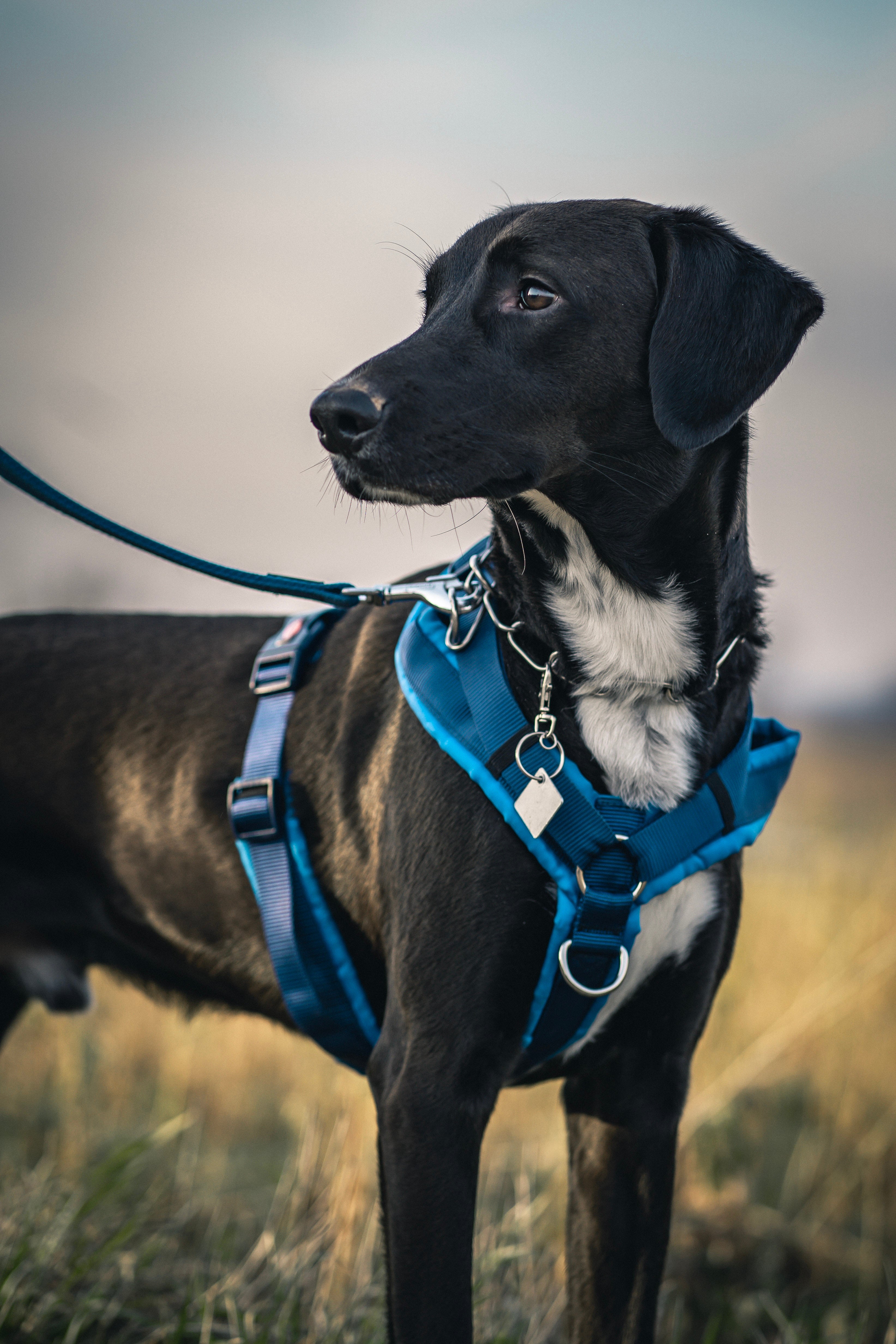If you are planning to take your furry friend out for a walk or a hike, a dog harness is an essential accessory to keep your dog safe and comfortable. A well-fitted harness ensures that your dog is secure and prevents them from slipping out of it, unlike a collar. However, buying a harness that doesn't fit your dog properly can lead to discomfort, chafing, and even injuries. In this blog, we will guide you through the steps on how to measure your dog for a harness.
- Determine the Type of Harness
Dog harnesses come in different types, such as front-clip harness, back-clip harness, no-pull harness, and car harness. Each type is designed for specific purposes and comes with a unique fit. Therefore, before you start measuring your dog, you need to decide on the type of harness that best suits your needs and your dog's.
- Measure the Girth
The girth is the widest part of your dog's chest, located just behind the front legs. To measure the girth, wrap a soft measuring tape around your dog's chest, making sure it's snug but not too tight. Write down the measurement in inches or centimeters, depending on your preference.
- Measure the Neck
To measure your dog's neck, place the tape measure around the base of the neck, where the collar usually sits. Make sure it's not too tight, and there's enough room for your dog to breathe and move comfortably. Note down the measurement in inches or centimeters.
- Measure the Back Length
The back length refers to the distance between the base of the neck and the base of the tail. Measure your dog's back length by placing the measuring tape along the spine, from the base of the neck to the base of the tail. Record the measurement in inches or centimeters.
- Check the Breed Standards
Different dog breeds have different body shapes and sizes, so it's essential to check the breed standards before purchasing a harness. For example, a greyhound has a deep chest and a narrow waist, while a bulldog has a broad chest and a wide neck. Knowing your dog's breed standards can help you choose a harness that fits well and is comfortable for your dog.
- Consider the Adjustability
When selecting a harness, make sure it's adjustable so that you can customize the fit to your dog's body. Most harnesses come with adjustable straps around the chest and neck area, allowing you to tighten or loosen them according to your dog's measurements. A well-fitted harness should be snug but not too tight, allowing your dog to breathe and move freely.
- Try It On
After purchasing the harness, it's essential to try it on your dog to ensure it fits well. Adjust the straps according to your dog's measurements and make sure it's not too tight or too loose. Allow your dog to walk around in the harness to see if it's comfortable and doesn't cause any chafing or rubbing.
- Check for Signs of Discomfort
While your dog is wearing the harness, keep an eye out for signs of discomfort. If your dog is trying to wiggle out of the harness, or if it's causing any redness, chafing, or rubbing, it may be too tight or the wrong size. In that case, adjust the harness or consider purchasing a different size or type.
In conclusion, measuring your dog for a harness is crucial to ensure that they are comfortable and secure. A well-fitted harness not only prevents your dog from escaping but also prevents injuries and discomfort. Follow these simple steps to measure your dog for a harness, and you'll be on your way to a happy and safe adventure with your furry friend.


